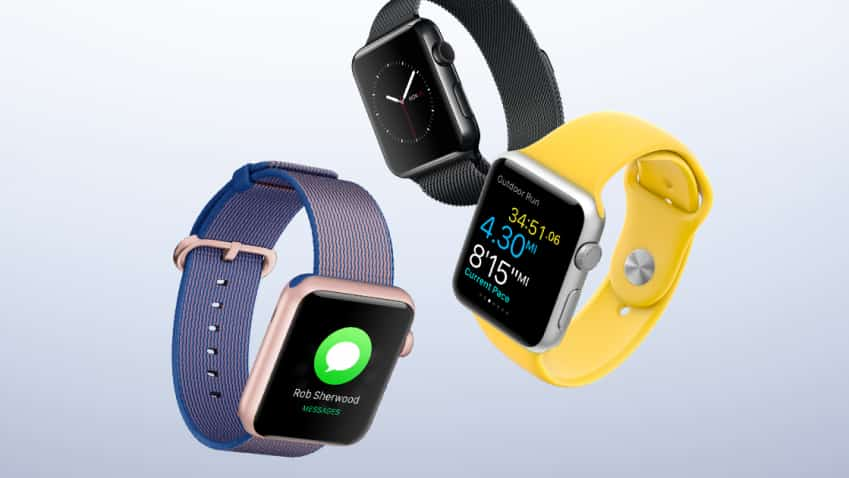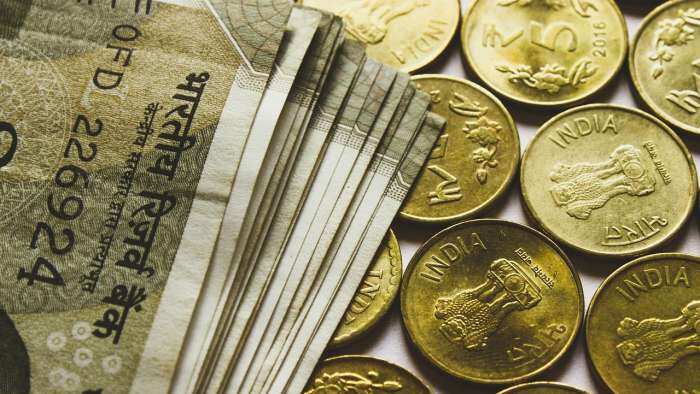Wearable devices see a 26% growth in Q2; Apple Watch shipments decline
Xiaomi Mi Bands remain extremely popular in China.

The market for wearable devices grew by a large 26.1% in the second quarter. Shipments of wearable devices reached 22.5 million in the second quarter of 2016 (2Q16) according to the International Data Corporation (IDC) Worldwide Quarterly Wearable Device Tracker.
The overall market for wearable devices grew 26.1% year over year as new use cases are slowly starting to emerge.
Apple was the only among the market leaders to post a year-over-year decrease in shipment volumes, primarily because it did not launch a new model on the anniversary of its first generation Watch. 2Q16 was the first full quarter of Apple's reduced price strategy on the Sport model, which slightly helped the company rebound from its post-holiday slump, said the report.
Fitbit's dominance remains unchallenged for now as the company's name is synonymous with fitness bands. The latest Charge 2 and Flex 2 are indicative that the company is growing up, giving form and function equal importance.
Xiaomi Mi Bands remain extremely popular in China. The recent launch of the Mi Band 2 includes heart rate tracking and still maintains a price below $20.
This is the first time Lifesense has broken into the top five on the strength of by its low-cost Mambo fitness trackers shipping into China. It also connects with WeChat, an immensely popular messaging service in China, to share data with others without having to log into a separate application.
While the overall wearables market grew during 2Q16, its two categories traveled at different speeds and directions. Basic wearables (devices that do not support third party applications) grew 48.8% from 2Q15 levels while smart wearables (devices that support third party applications) declined 27.2% year over year.
"Fitness is the low-hanging fruit for wearables," said Jitesh Ubrani, senior research analyst for IDC Mobile Device Trackers. "However, the market is evolving and we're starting to see consumers adopt new functionality, such as communication and mobile payments, while enterprises warm to wearables' productivity potential."
"Basic wearables, which include most fitness trackers, have benefited from a combination of factors: a clear value proposition for end-users, an abundant selection of devices from multiple vendors, and affordable price points," said Ramon Llamas, research manager, Wearables. "Consequently, basic wearables accounted for 82.8% of all wearable devices shipped during the quarter, and more vendors continue to enter this space. The danger, however, is that most devices end up being copycats of others, making it increasingly difficult to differentiate themselves in a crowded market.
Get Latest Business News, Stock Market Updates and Videos; Check your tax outgo through Income Tax Calculator and save money through our Personal Finance coverage. Check Business Breaking News Live on Zee Business Twitter and Facebook. Subscribe on YouTube.
RECOMMENDED STORIES

SIP+SWP: Rs 10,000 monthly SIP for 20 years, Rs 25 lakh lump sum investment, then Rs 2.15 lakh monthly income for 25 years; see expert calculations

SBI Senior Citizen Latest FD Rates: What senior citizens can get on Rs 7 lakh, Rs 14 lakh, and Rs 21 lakh investments in Amrit Vrishti, 1-, 3-, and 5-year fixed deposits

Power of Compounding: How soon will monthly SIP of Rs 6,000, Rs 8,000, and Rs 10,000 reach Rs 5 crore corpus target?

EPFO Pension Schemes: Early pension, retirement pension, nominee pension and 4 other pension schemes that every private sector employee should know

SBI Senior Citizen FD Rate: Here's what State Bank of India giving on 1-year, 3-year, 5-year fixed deposits currently
02:08 PM IST








 Global wearable tech market to surpass $290 billion in 2030: Report
Global wearable tech market to surpass $290 billion in 2030: Report